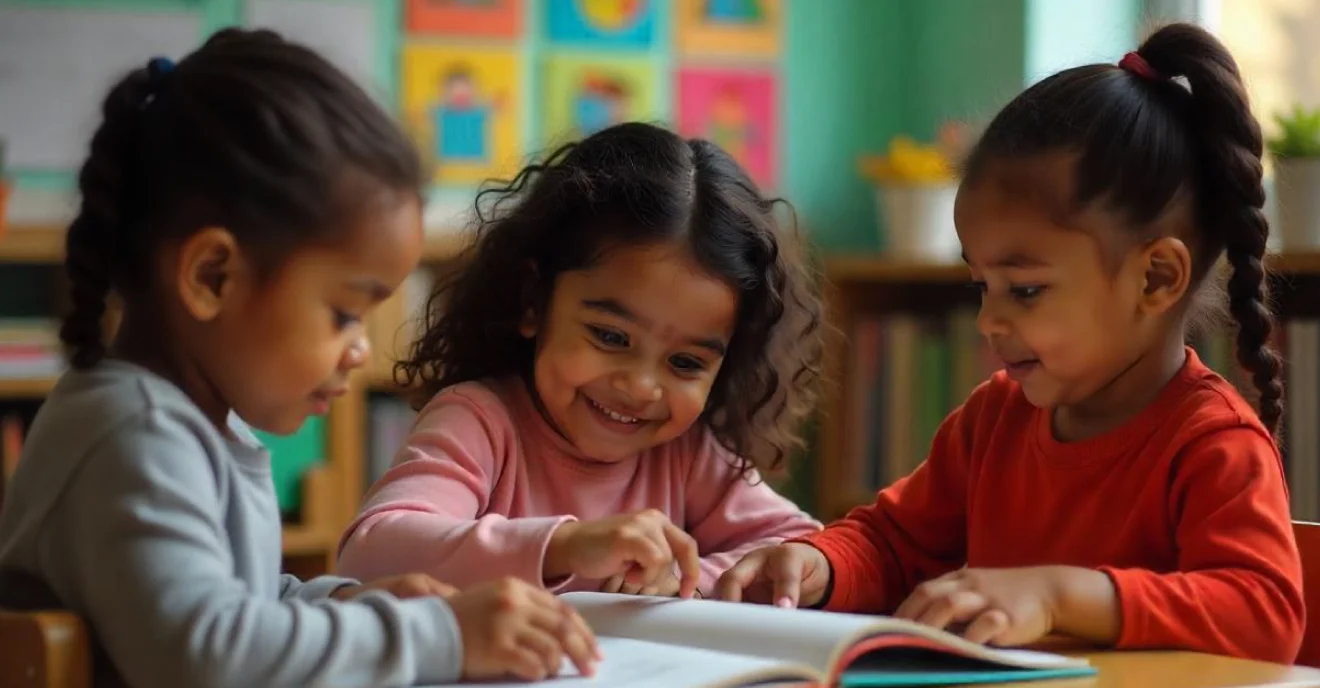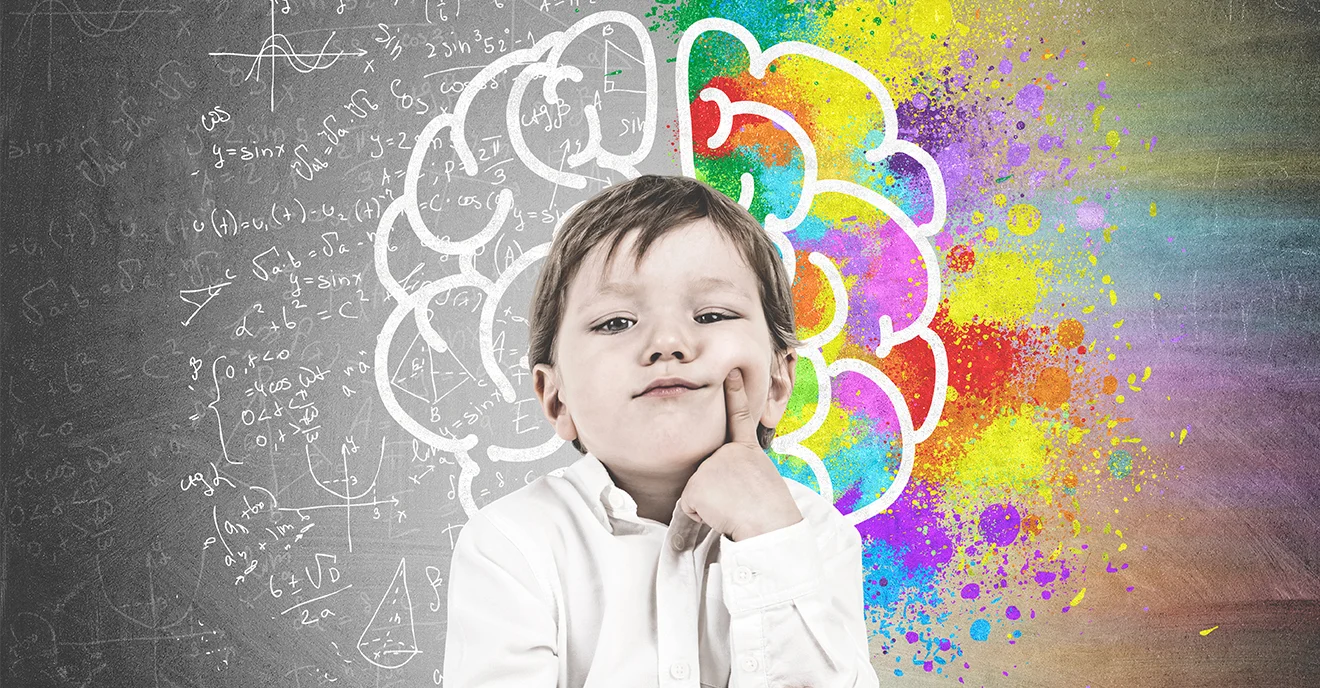Emotional intelligence (EI) is a foundational skill that plays a significant role in a child’s ability to understand, express, and manage their emotions. Stories and books offer an incredible tool for nurturing EI in early childhood. Through relatable characters, engaging narratives, and diverse emotions, children can learn to recognize their feelings, empathize with others, and develop key social skills.
How Stories Build Emotional Intelligence
Children are naturally drawn to stories. Whether it’s through picture books or interactive storytelling, they connect emotionally with characters and situations, which helps them process their own feelings. When a character experiences fear, joy, anger, or sadness, children learn to label and identify similar emotions in themselves.
Books provide a safe space for children to explore complex emotions without the intensity of real-life consequences. They can see how characters handle different situations, allowing them to learn healthy coping mechanisms and develop emotional regulation. Through repeated exposure, children begin to internalize lessons of empathy, problem-solving, and resilience.
Recommended Books for Emotional Learning
Here are a few books by Indian authors that address various emotions and social situations, ideal for building emotional intelligence in children:
1. “How Do I Feel?” by Reema Ahmad and Shivi Verma
This book explores different emotions children experience and offers practical ways to understand and manage them. It’s a great resource for emotional awareness and self-expression.
2. “Bhimrao Ambedkar: The Boy Who Asked Why” by Sowmya Rajendran
This story focuses on empathy, curiosity, and resilience, helping children see the power of standing up for what is right and dealing with complex emotions in social situations.
3. “Timmi in Tangles” by Shals Mahajan
A delightful and relatable story, it portrays the everyday emotional dilemmas of a young girl. Children can learn about dealing with frustration, imagination, and friendships.
4. “The Clever Tailor” by Srividhya Venkat
A heartwarming story that beautifully illustrates kindness, empathy, and emotional resourcefulness. It encourages children to think about the feelings of others and act with compassion.
5. “Angry Akku” by Vinitha
This book deals with anger and frustration in a relatable way. It helps children learn that it’s okay to feel angry and also shows how to process and calm down after big emotions.
6. Books by Sudha Murthy:
- “The Magic of the Lost Temple”
A heartwarming story that teaches children about patience, friendship, and curiosity through adventures in a village setting. - “Grandma’s Bag of Stories”
A collection of short stories that gently touches on emotions like kindness, patience, and understanding, while also teaching life lessons. - “How I Taught My Grandmother to Read and Other Stories”
This inspiring collection teaches emotional resilience, determination, and empathy, perfect for emotional growth.
At Happy Souls, we believe that books are powerful tools for emotional development. By incorporating these stories into our daily activities, we help children learn to recognize, express, and manage their emotions in meaningful ways, nurturing their holistic growth as individuals.
Activities to Enhance Emotional Learning
To deepen emotional understanding through stories, parents and educators can incorporate interactive activities that bring the stories to life. Here are some ideas:
- Role-Playing: After reading a story, encourage children to act out parts of the book. For instance, when reading “The Color Monster,” they can pretend to be the different emotions described. Role-playing helps children embody emotions and explore how to handle them in different scenarios.
- Emotion Charts: Create an emotion chart inspired by “In My Heart.” Ask children to select an emotion they feel, and then color or draw what it looks like to them. This visual activity aids in emotional expression, making abstract feelings more concrete.
- Empathy Discussions: After reading books like “Have You Filled a Bucket Today?” start a discussion about how children can be bucket-fillers in their own lives. Ask them to share examples of times they’ve helped someone feel happy or how they felt when someone showed kindness to them.
- Calm-Down Jars: Inspired by “When Sophie Gets Angry,” you can create a calm-down jar with glitter and water. Encourage children to shake it up when they feel overwhelmed and watch the glitter settle as they take deep breaths. This teaches mindfulness and self-regulation.
- Emotion Puppets: After reading a book, children can make puppets of the characters or emotions they encounter. This hands-on activity helps them process the story while allowing them to role-play and further engage with the emotions discussed.
Conclusion
Using stories and books to foster emotional intelligence is a powerful way to help children navigate the complexities of their feelings. Through reading, discussing, and interacting with books, children develop emotional awareness, empathy, and self-regulation—essential skills they will carry throughout life. At Happy Souls, we focus on storytelling, role-playing, and creative activities that contribute to a child’s holistic growth, empowering them to understand and manage their emotions with confidence.





